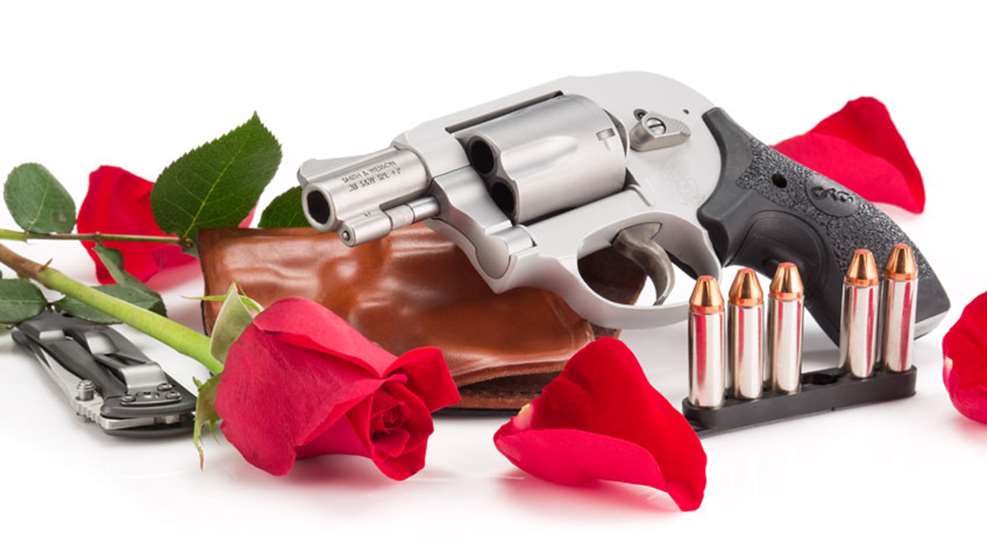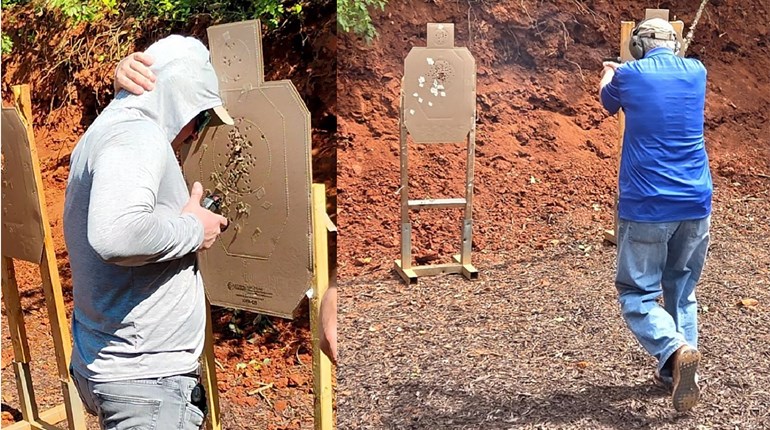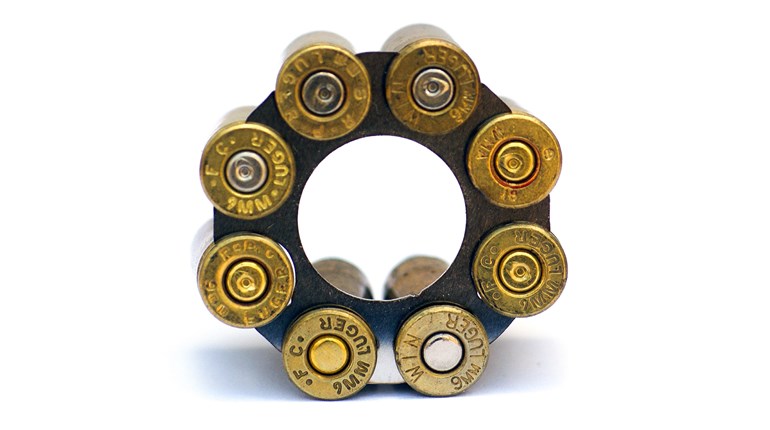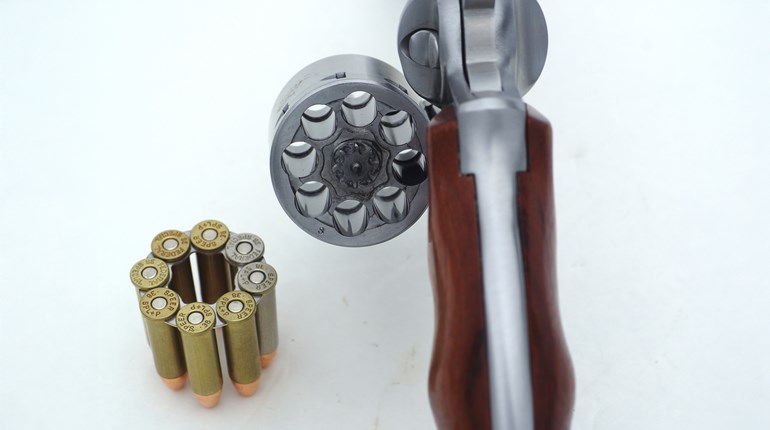
The continued existence of alligators, when you stop and think about it, is pretty unusual. Scientists say that your basic alligator design is even older than the dinosaurs, and yet the alligator is still with us, even though there are lots of cooler and more-modern predators like bears and lions. Turns out that the alligator may only be good at a couple things, but it’s very good at those things.
I think of alligators when I see the snubnose, small-frame, concealed-carry revolver. In its most-basic form, the small-frame, double-action wheelgun predates the metallic cartridge. There are certainly cooler, more-modern and more-versatile firearms out there. But, when it comes to the couple things for which it’s good, it is very good indeed.
While often foisted off on beginners as a first choice due to perceived simplicity of operation, the small-frame snubby is really not that hot of a choice for the new shooter. Recoil—even with standard-pressure .38 Spl. in a steel-frame Chief’s Special—is noticeable. In the case of magnum loads in the flyweight alloy-frame guns with titanium cylinders, it is downright painful.
Further, snubnose revolvers tend to come with vestigial sights and long, heavy double-action trigger pulls, neither of which help a novice score fast and accurate hits. So why do they remain popular with some very clued-in individuals?
One reason is that they are still excellent pocket-carry guns for a number of reasons. A Smith & Wesson Airweight, with a steel cylinder and alloy frame, tips the scales at about 1 pound even. Some newer designs that make use of titanium or composite materials are even lighter than that. While there are smaller and lighter pocket semi-automatics, they aren’t really any easier to shoot well than the revolver. The .380 ACPs don’t offer any advantage in power and not much of one in capacity, and the 9 mm ones aren’t really that much more pleasant to shoot.
Further, the silhouette of a snubnose revolver is less likely to print an obvious “gun shape” through the fabric of a pocket. Also, the revolver is only wide across the cylinder, while the rest of the gun is slimmer than almost any self-loader.
This is why during the winter months, when I’m out-of-doors in the Indiana cold, there’s a Smith & Wesson 432PD in .32 H&R Mag. in the outside breast pocket of my heavy coat. That way I can keep zipped up against the cold and still have access to a firearm, even when buckled up in my car.
When I attended Tactical Conference 2018 this past March, I twice had the chance to sit in and observe trainer Claude Werner put on a 2-hour block of instruction on the use of the snubnose revolver. This excellent instruction yielded several pertinent nuggets of information regarding its best and most-effective employment.
The point Werner hammered home most was that accurate shooting is crucial. My 432PD holds six rounds, and the far more typical .38 Spl./.357 Mag. has but five. Ammunition management is important; you need to make good hits.
Werner emphasized the importance of getting a good sight picture and using ammunition that shoots to your gun’s point-of-aim. While some newer snubbies come with prominent sights such as the XS Sights offerings, my 432 has the plain ol’ serrated metal ramp found on J-frames since forever ago, so it’s been touched up with fluorescent pink paint to make it stand out.
Every snubnose-revolver drill was done dry first, and then Werner encouraged partial reloads during repetitions, in order to set up “ball-and-dummy” drills, which help develop that crucial smooth and straight trigger pull without disturbing the sight picture.
Werner taught the use of the knife-edge of the hand to operate the ejector rod during reloads, and when he explained why, it made perfect sense. I’d always used either the flat of my palm to smack the ejector or pressed it with my thumb, but both can have problems unique to the snubby revolver. With the thumb, the problem is the ejector rod stroke on a 2-inch gun is not the full length of a cartridge case, so if a case is sticky, it won’t fall free. The problem that can arise with the flat of the palm is—where on a larger revolver your hand will sort of guide along the barrel until it hits the ejector rod—on a snubby the barrel and ejector rod are about the same length. It’s easy to wind up smacking both at the same time and then nothing gets ejected.
There was also an emphasis on practicing reloading with loose rounds from a pocket, in case Murphy shows up and has your speedloader dumping them all out in there.
I came away from the class both more aware of the limitations of my J-frame snubnose revolver, and more aware of how to work around them. All the more reason to practice with it more at the range.






































